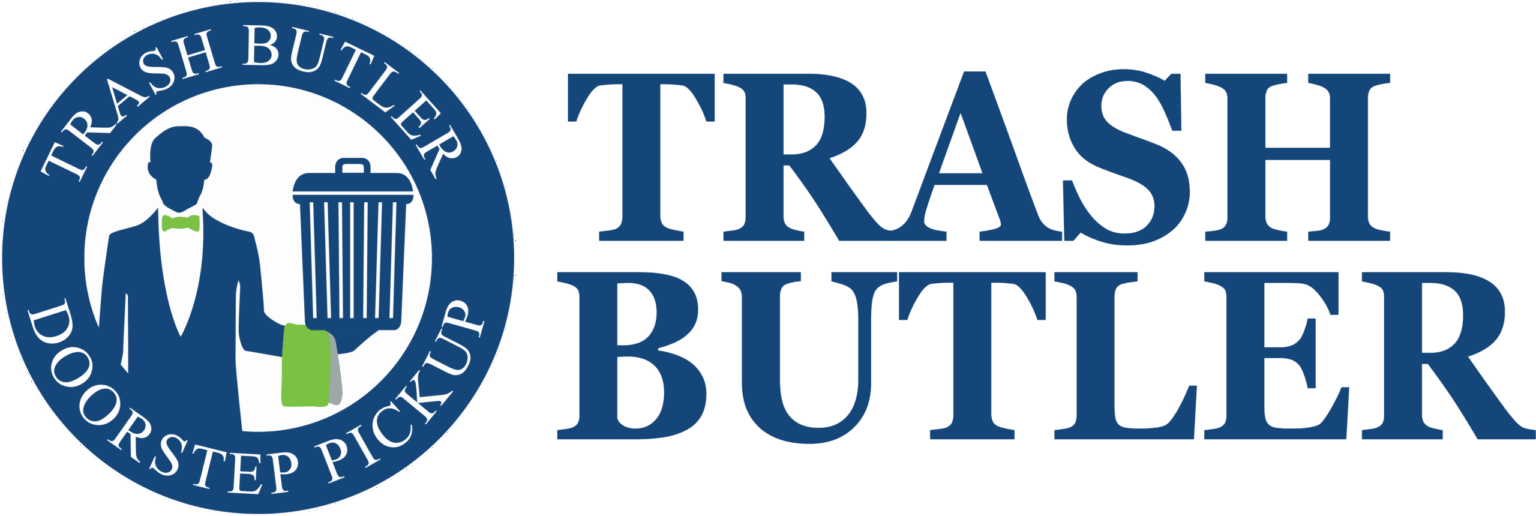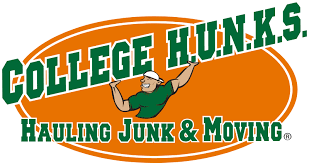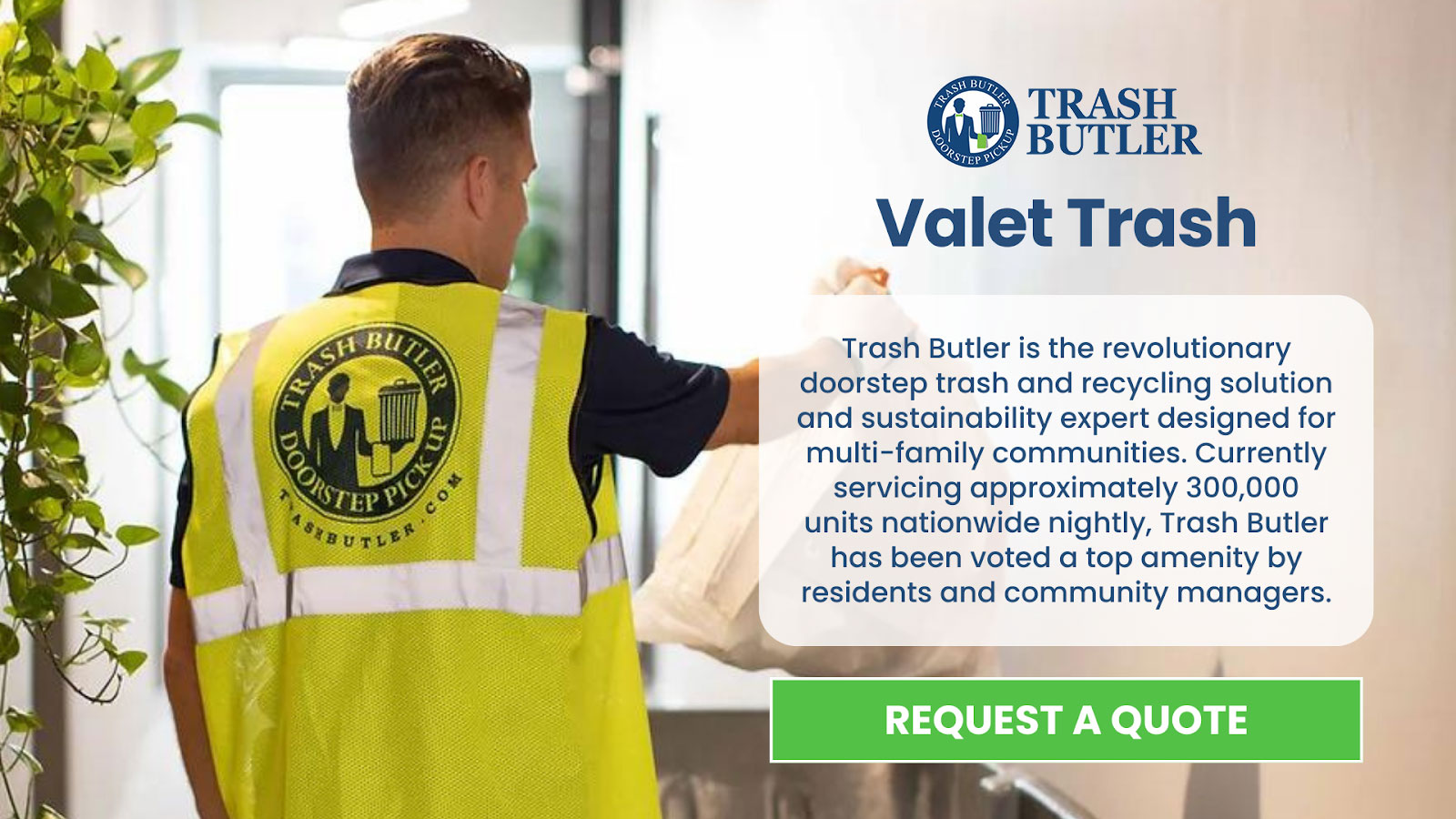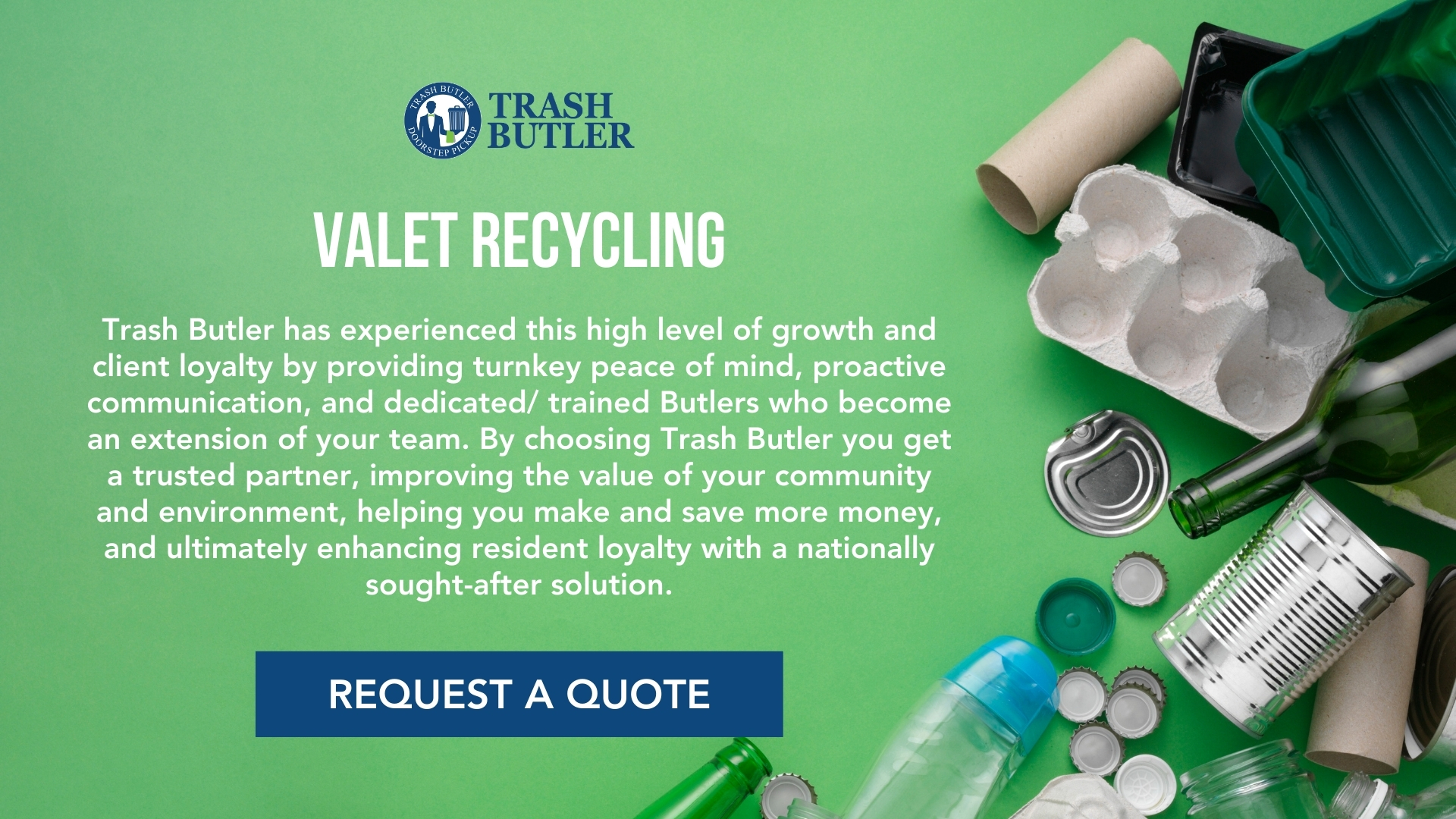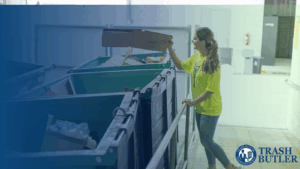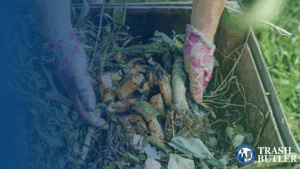Key Takeaways:
- Prioritize Safety And Hygiene: Regular cleaning, waste management, and equipment checks are essential to ensure the health and safety of pets and their owners.
- Enhance Aesthetic And Functional Appeal: Maintain landscaping, implement durable ground solutions, and provide accessible amenities to create an attractive and functional dog park.
- Engage Residents And Promote Responsible Use: Educate the community on proper waste disposal, park rules, and pest control measures to foster shared responsibility and satisfaction.
As a property manager, you understand that offering top-tier amenities is essential to attracting and retaining tenants. A well-maintained dog park can be a major selling point for pet-friendly communities. But tenants don’t just want a dog park—they expect a clean, safe, and welcoming space where their furry companions can play without worry.
Failing to meet these expectations can lead to complaints, reduced satisfaction, and even tenant turnover. Maintenance isn’t just about appearances; it’s about upholding the quality and reputation of your property while ensuring the health and safety of residents and their pets.
In this article, we’ll provide essential maintenance tips to keep your apartment dog park clean, safe, and up to your tenants’ high standards. With these actionable strategies, you can protect your investment, build stronger tenant relationships, and enhance your community’s appeal.
Top Challenges In Maintaining Dog Parks For Apartments
Here are some of the top challenges in dog park maintenance for apartments:
Ensuring Regular Cleanup And Maintenance
One of the primary challenges is consistently cleaning up pet waste and litter. Despite providing disposal bins and signage, ensuring compliance from all pet owners can be difficult. Regular maintenance is essential to prevent the accumulation of waste, which can pose health risks and detract from the dog park’s appeal.
Managing Odor Control
Odor control is a significant concern in dog parks, especially during warmer months. Bad odors can affect the overall environment of the apartment complex, making it less pleasant for residents. Implementing effective odor control measures, such as eco-friendly deodorizers and regular cleaning schedules, is crucial.
Keeping The Grass And Plants Healthy
Dog parks can experience heavy foot and paw traffic, leading to worn-out grass and damaged plants. This not only impacts the park’s aesthetic appeal but can also lead to muddy areas that pose slip hazards. Implementing durable landscaping solutions and promptly repairing damaged areas are essential to maintaining a green and vibrant park.
Ensuring Safety And Accessibility
The safety of pets and their owners is paramount. Maintaining fences, gates, and play equipment to prevent accidents is a constant challenge. Additionally, ensuring the park is accessible to all residents, including those with disabilities, is important for inclusivity.
Balancing Use And Maintenance
Finding the right balance between allowing pets and their owners to enjoy the park and closing it for maintenance can be challenging. Property managers must schedule regular maintenance during off-peak hours to minimize inconvenience while ensuring the park remains in top condition.
How To Create A Dog Waste Management Plan For Apartments
Implementing an effective dog waste management plan is essential for maintaining the health and appearance of apartment dog parks. Here are key steps property managers can take to create a comprehensive dog waste management plan for their apartment communities.
Assess The Specific Needs Of Your Community
Before implementing any management plan, evaluate the size of the dog park, the estimated number of dogs using the facility, and the current waste disposal practices. Understanding these factors will help you tailor a waste management plan that suits the specific needs of your apartment community.
Install Adequate Waste Stations
Ensure that your dog park is equipped with adequate waste stations, including dog waste bags and trash cans. These stations should be strategically placed throughout the park to encourage use. Clear signage will further promote their usage, guiding pet owners on properly disposing of their pet’s waste.
Partner With A Reliable Waste Removal Service
Regular and professional servicing of waste bins is crucial to prevent overflow and maintain hygiene. Partnering with a dependable waste removal service like Trash Butler™ can ensure that waste stations are emptied and sanitized regularly. With over 300,000+ units nationwide under our maintenance, Trash Butler™ has been a leading solution in promoting cleanliness and sustainability in multi-family apartment communities.
Educate And Engage The Community
Community engagement is critical to the success of any dog waste management plan. Educate residents about the importance of promptly disposing of their pet’s waste and its role in keeping the community clean and safe. Hosting community events around pet ownership can further promote responsible behavior and foster a sense of collective responsibility.
Monitor And Adjust The Plan As Needed
Finally, monitoring the dog park and waste management practices is essential. Solicit feedback from residents about the current plan’s efficacy and be open to making adjustments. As the community evolves, so should your dog waste management plan to ensure it meets the changing needs of your apartment community.
Essential Ground Maintenance Tips For Apartment Dog Parks
A well-maintained dog park is a valuable amenity for your residents. Not only does it enhance their quality of life, but it also contributes to the overall appeal of your property. One crucial aspect of dog park maintenance is ground care. Here are some essential tips to keep your dog park’s ground in top condition:
Regular Mowing
- Consistent Schedule: Maintain a consistent mowing schedule to keep the grass at a manageable height.
- Sharp Blades: Ensure your mower blades are sharp to prevent grass tearing.
- Proper Height: Avoid short mowing, which can stress the grass and lead to brown patches.
Aeration
- Benefits: Aeration reduces soil compaction, improves drainage, and improves nutrient and water absorption.
- Timing: Aerate your dog park in the fall or early spring.
- Core Aeration: This method involves removing small plugs of soil to create air pockets.
Fertilization
- Nutrient-Rich Soil: Fertilize your dog park to provide essential nutrients for healthy grass growth.
- Timing: Apply fertilizer in the spring and fall.
- Choose The Right Fertilizer: Select a fertilizer designed for lawns with heavy foot traffic.
Overseeding
- Thicker Turf: Overseed your dog park to fill in bare patches and create a thicker, more resilient turf.
- Timing: Overseed in the fall or early spring.
- Choose The Right Seed: Select a high-quality grass seed suitable for your climate and soil conditions.
Watering
- Deep Watering: Water your dog park deeply but infrequently.
- Morning Watering: Water in the early morning to minimize evaporation.
- Avoid Overwatering: Overwatering can lead to fungal diseases and root rot.
Pest And Disease Control
- Regular Inspection: Monitor your dog park for signs of pests and diseases.
- Natural Remedies: Consider natural pest control methods, such as introducing beneficial insects or using organic pesticides.
- Chemical Treatments: If necessary, use chemical treatments, but always follow label instructions carefully.
Ensuring Dog Park Safety: Fencing, Lighting, And Equipment Checks
Below, we highlight critical areas of focus that align with our commitment to creating and maintaining sustainable and resident-friendly environments.
Fencing
A securely fenced area is the foundation of any dog park, providing a safe boundary that keeps dogs contained and protects them from external hazards. Regular inspections should be conducted to identify and repair any damage, such as holes, loose panels, or deteriorated posts, that could compromise the enclosure’s integrity. Ensuring that gates function correctly and securely close each time prevents accidental escapes and ensures only authorized access, maintaining the park’s security.
Lighting
Adequate lighting is essential for ensuring pets’ and owners’ safety, especially during early morning or evening hours when visibility is reduced. Energy-efficient, sustainable lighting solutions enhance safety. Inspect lighting fixtures regularly to ensure they are in good working order, provide sufficient illumination, and are positioned to illuminate all areas of the dog park, reducing the risk of accidents or injuries.
Equipment Checks
Dog parks often feature agility equipment or toys to enrich the animals’ playtime and exercise routines. It is crucial to regularly inspect this equipment for wear and tear, stability, and safety. Any damaged or unsafe equipment should be repaired or replaced promptly to prevent injuries. Additionally, providing easily accessible waste disposal options and durable, environmentally friendly waste bags aligns with maintaining a clean, sustainable environment.
Pest Control Strategies For Apartment Dog Parks
Implementing effective pest control strategies is essential for property managers to provide a pleasant and health-conscious outdoor space.
Regular Monitoring And Assessment
The first step in effective pest control is regularly monitoring and assessing the dog park area. Property managers should schedule routine inspections to identify signs of pest infestation early. Look for indicators such as insect nests, animal droppings, or damage to park structures and green spaces. Early detection is key to preventing minor issues from escalating into major infestations.
Implement Natural And Safe Pest Control Measures
When addressing pest issues, it’s important to consider the pets’ and their owners’ health and safety. Opt for natural and pet-safe pest control solutions that minimize the use of harsh chemicals. Natural deterrents can be effective, such as diatomaceous earth for flea and tick control or citronella plants to repel mosquitoes. In cases where chemical treatments are necessary, ensure professionals apply them and follow all safety guidelines to minimize exposure risks to pets and people.
Cleanliness And Waste Management
Maintaining cleanliness is a fundamental aspect of pest control in apartment dog parks. Provide ample waste stations equipped with bags and regularly emptied trash cans to ensure the timely disposal of pet waste. Trash Butler™ offers a revolutionary doorstep valet trash service and recycling solution, ensuring that waste management is handled efficiently and sustainably within apartment communities. Preventing waste accumulation significantly reduces the likelihood of attracting pests such as rodents or insects.
Educate Residents
It is crucial to educate residents about their role in maintaining the dog park’s cleanliness and safety. Encourage pet owners to dispose of their pet’s waste promptly and report any sightings of pests or issues within the park. Providing information on how pests can affect their pets’ health and the importance of regular pet treatments for fleas and ticks can foster a community effort toward a cleaner, safer dog park.
Regular Maintenance Of Park Facilities
Finally, regular maintenance of the park’s facilities can deter pests. Trimming grass and bushes, repairing holes in fencing, and ensuring the park’s overall cleanliness and integrity can discourage pests from settling in. Schedule periodic maintenance checks and address any repair needs promptly to keep the park in the best possible condition.
Final Thoughts
Maintaining a clean and safe environment within your apartment complex’s dog park is crucial for the well-being of pets and their owners. Implementing a rigorous, sustainable dog park maintenance routine attracts new residents and retains current ones, elevating the overall living experience in your multifamily apartment community. Property managers can create a welcoming, healthy space for pets to play and socialize by prioritizing sanitation, safety checks, and environmental sustainability.
Incorporating services like Trash Butler™ into your dog park maintenance plan can revolutionize the management of waste and recyclables, ensuring that the area remains pristine and inviting.
Request a Quote: Fill out a form to see how Trash Butler™ can benefit your community.
Additional Reading:
- Attract Pet Owners With These Top Apartment Pet Amenities
- Seasonal Tips For Maximizing Valet Trash Services
- Essential Services Every Property Manager Should Consider For Resident Satisfaction
Frequently Asked Questions About Keeping Apartment Dog Parks Clean And Safe
How often should a dog park be maintained?
Dog parks within apartment communities should be maintained daily to ensure a clean and safe environment. Regular maintenance activities include waste removal, checking and refilling waste bag dispensers, and inspecting the area for any damages that might pose a risk to pets or their owners. Depending on usage and environmental conditions, more extensive maintenance, such as lawn care and infrastructure inspections, should be scheduled weekly or bi-weekly.
What materials are needed for dog park maintenance?
Essential materials for maintaining a dog park include waste bags and dispensers, trash cans specifically designed for dog waste, disinfectants for cleaning surfaces, and possibly a water hose or portable pressure washer for washing down hardscaped areas. Other materials could include lawn maintenance equipment, repair tools for fences and gates, and replacement parts for dog park features like agility equipment.
What are the health risks associated with dirty dog parks?
Dirty dog parks can harbor bacteria, viruses, parasites, and fungi, which pose significant health risks to both dogs and humans. Common diseases such as parvovirus, giardia, and ringworm can easily spread in an unclean environment. Additionally, accumulated waste can attract pests like rodents and insects, increasing the risk of disease transmission.
What type of waste disposal system is most effective in dog parks?
The most effective waste disposal systems for dog parks include sealed, odor-controlling waste receptacles paired with regular, professional waste removal services. Implementing a system like Trash Butler™, which offers doorstep valet trash service and recycling solutions, ensures that dog parks are consistently maintained at the highest standard, reducing health risks and enhancing the overall community environment.
How can foul odors be minimized in dog parks?
Minimizing foul odors in dog parks involves consistent waste removal, using odor-neutralizing cleaning agents, and ensuring proper ventilation and drainage. Applying pet-safe, natural enzyme-based cleaners can help break down odors at their source. Additionally, planting aromatic plants and installing water features can help counteract unpleasant smells.
What is the best way to maintain the grass in a dog park?
Maintaining the grass in a dog park requires regular mowing, watering, and fertilization to keep the turf healthy and resilient to heavy usage. Aerating the soil periodically helps improve drainage and encourages deep root growth. It’s also imperative to promptly repair bare patches to prevent mud and dust from contributing to an unsanitary park environment.

